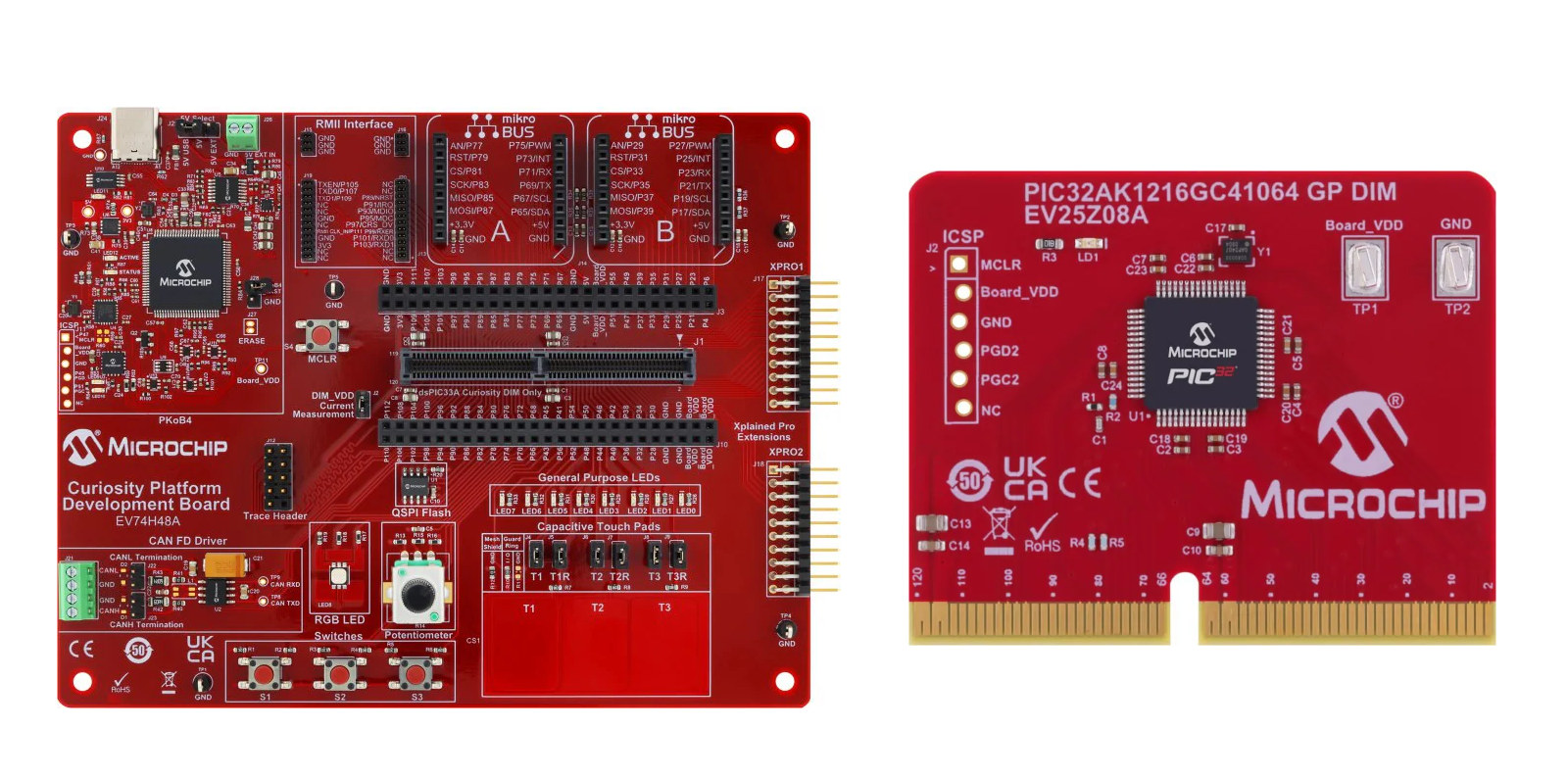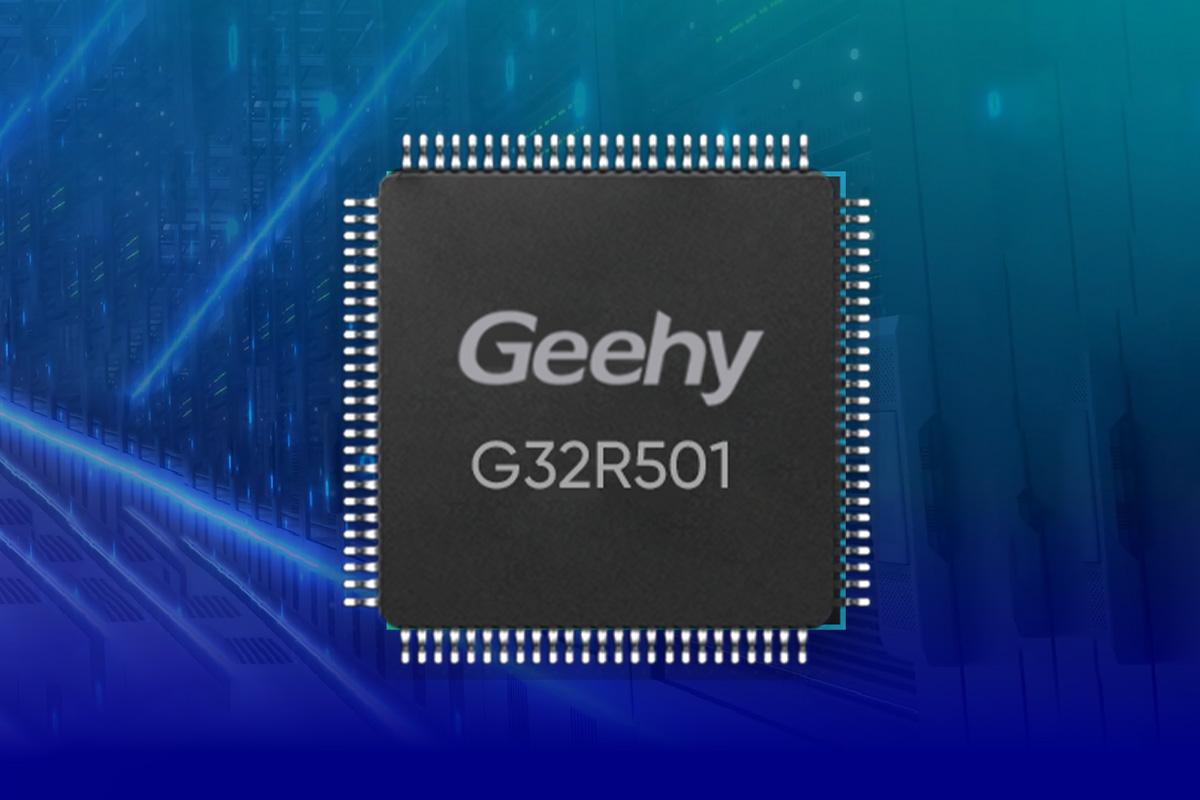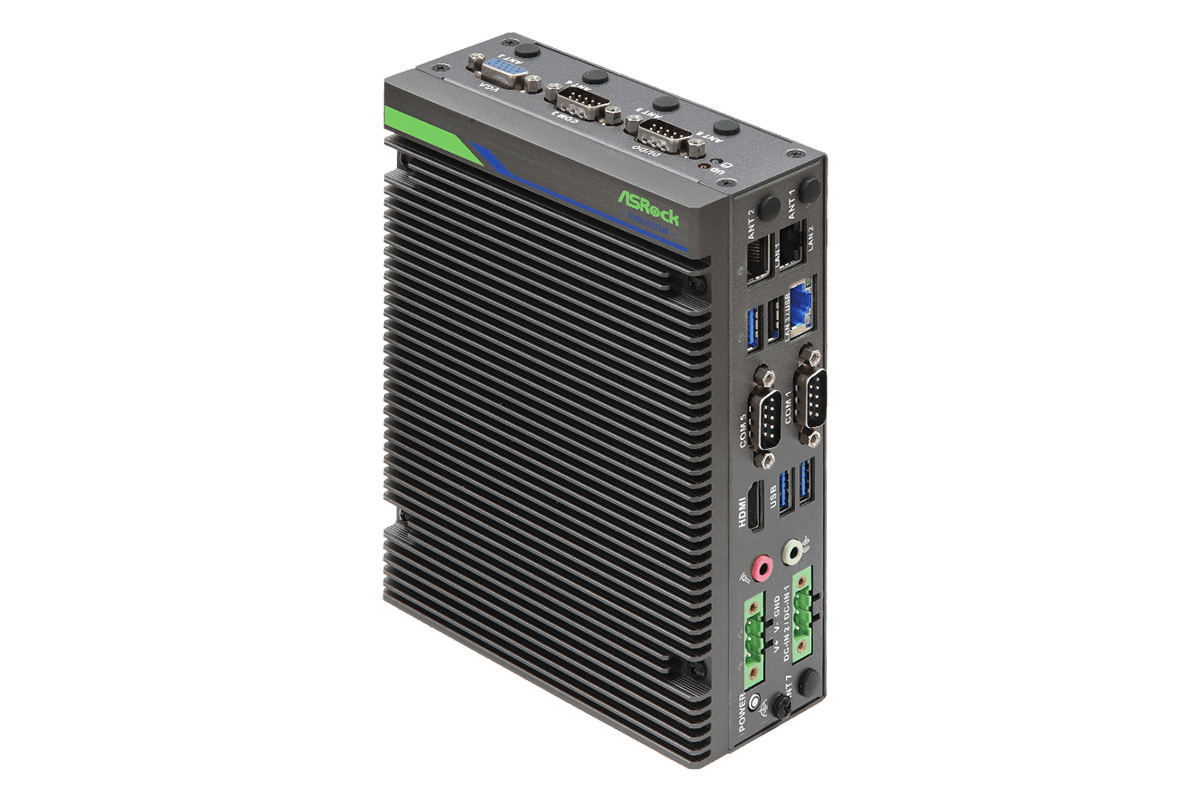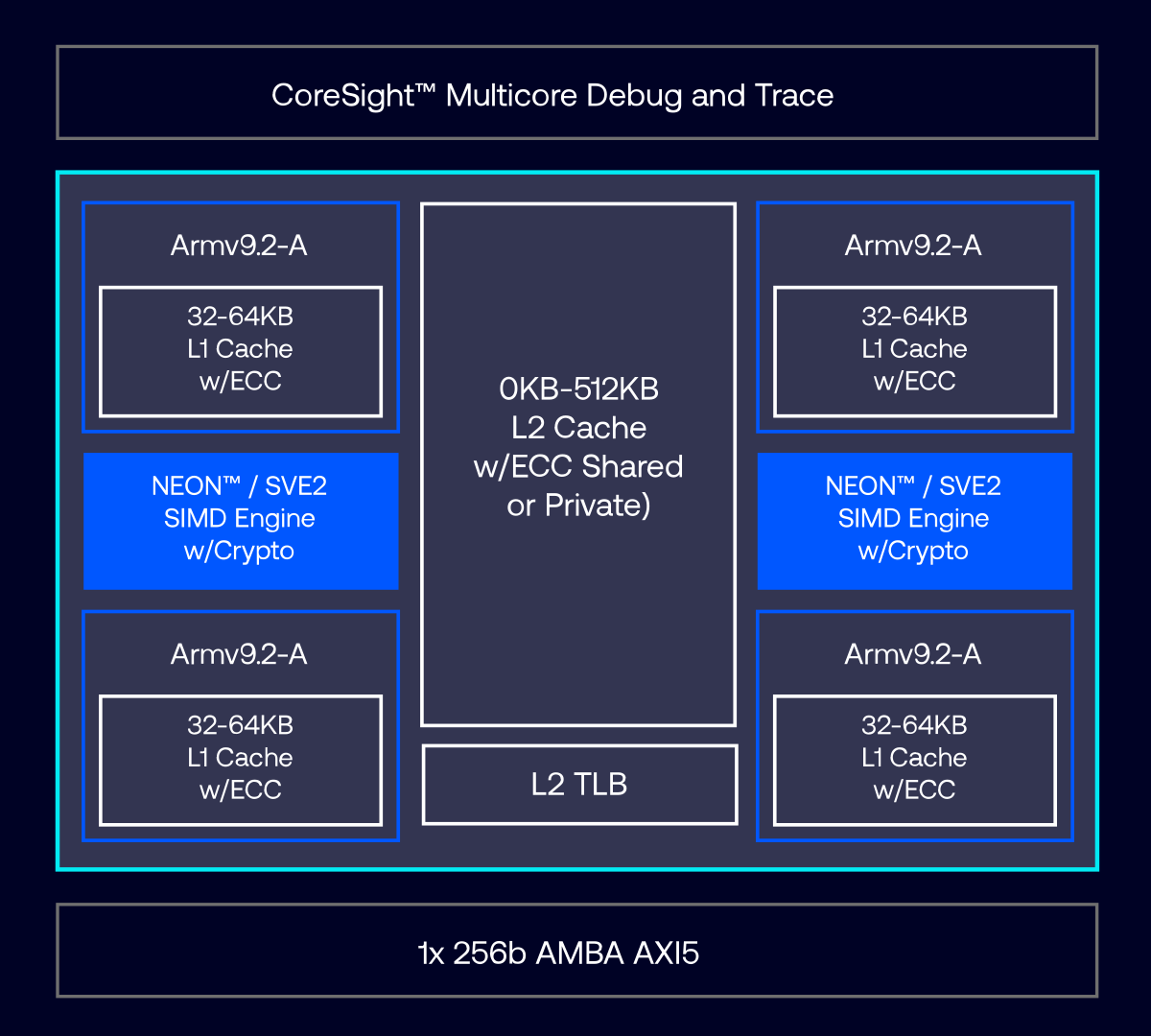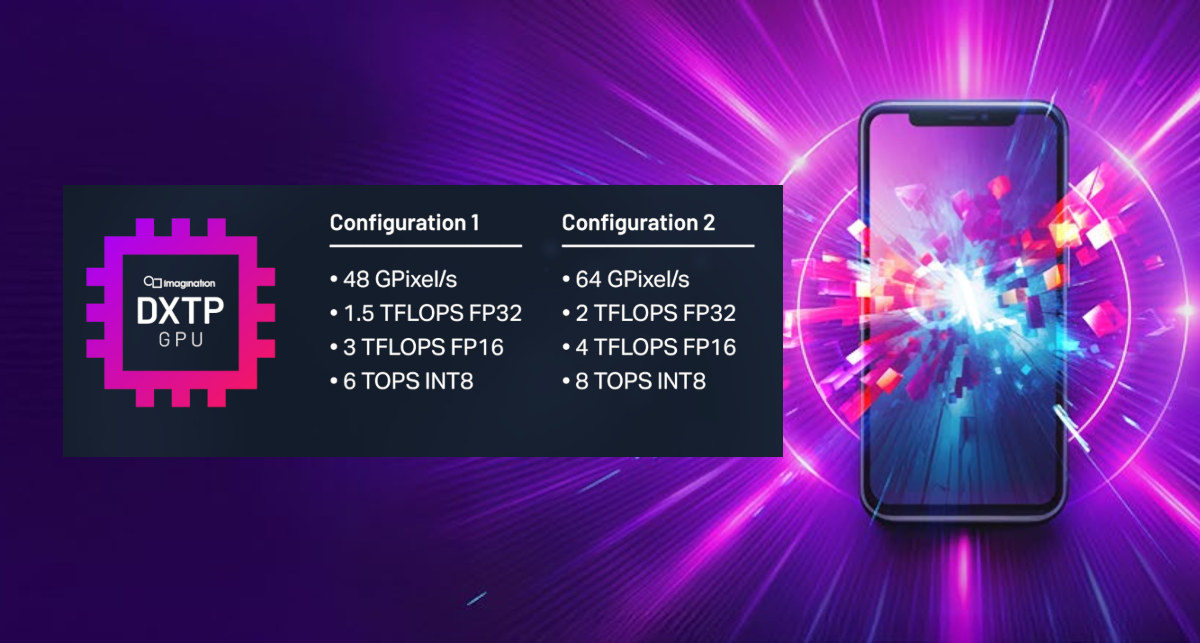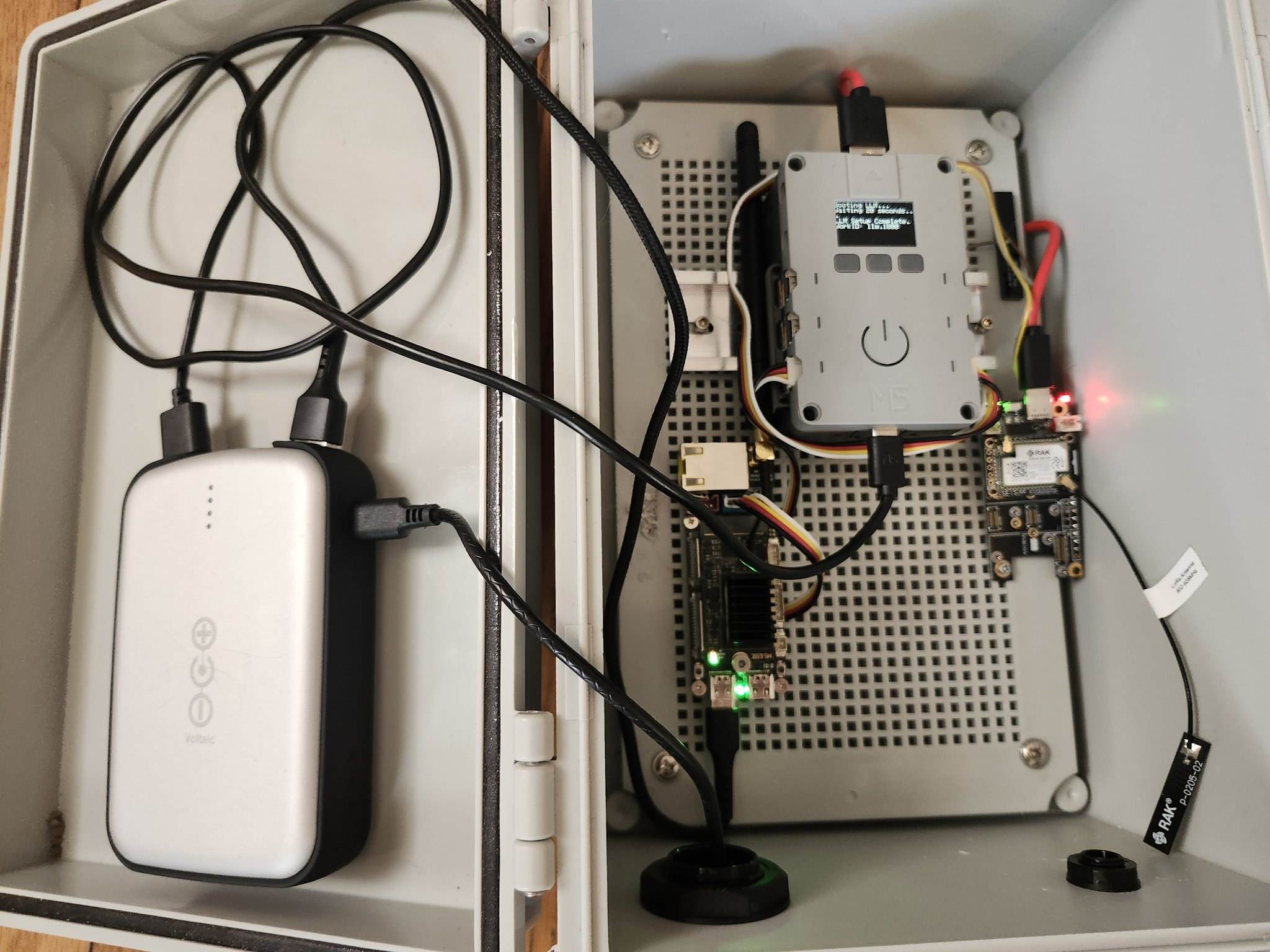Microchip Technology PIC32A is a new family of 32-bit microcontrollers clocked at up to 200 MHz with high-speed analog peripherals that include up to 40 Msps 12-bit ADCs, high-speed 5 ns comparators and 100 MHz operational amplifiers for smart edge sensing. The PIC32A microcontrollers also feature up to 16KB RAM with ECC, up to 128KB flash, various I/O, and security and safety features that make them suitable for general-purpose applications across automotive, industrial, consumer, Artificial Intelligence (AI), Machine Learning (ML), and medical markets. Microchip PIC32A specifications: MCU core – 32-bit CPU @ up to 200 MHz with 64-bit FPU, instructions optimized for speed and program code size Memory – Up to 16KB RAM with ECC Storage – Up to 128KB flash with 64x 128-bit OTP area Peripherals 4x PWM generators with up to 2.5ns resolution 3x 4-wire SPI 2x I2C 3x UART; automated UART handling support for LIN 2.2, Digital […]
Geehy G32R501 dual-core Cortex-M52 industrial AI MCU targets industrial and automotive applications
Geehy Semiconductor has introduced the G32R501 Cortex-M52 industrial AI MCU, the industry’s first real-time MCU based on a dual-core Arm Cortex-M52 architecture. Designed for industrial automation, commercial power supplies, and electric vehicles. Back in 2023, we talked about the features and specifications of the Arm Cortex-M52 core, but now Geehy has introduced the G32R501 MCU with AI and DSP capabilities designed for low-cost IoT applications. This MCU features single and double-precision FPUs, an Arm Helium DSP extension, and Geehy’s Zidian Math Instruction Extension for AI/ML tasks and signal processing. It includes 640 KB Flash, 128 KB SRAM, TCM (Tightly Coupled Memory), and a six-channel DMA module for efficient data handling. The MCU also features three 12-bit ADCs (3.45 MSPS), seven 12-bit DAC comparators, and Σ-Δ filter modules to improve signal accuracy, making it ideal for motor control and real-time monitoring. With 16 high-resolution PWM channels (150-ps resolution), quadrature encoder modules, […]
Synaptics Astra SR series Arm Cortex-M55 MCUs feature Arm Ethos-U55 NPU, low-power Cortex-M4 core with microNPU
Synaptics unveiled an extension to its Astra Native AI platform with the new SR series of MCUs. This new product family, unlike the Astra SL series released last year, isn’t comprised of Linux-capable application processors. Instead, the Arm Cortex-M55 microcontrollers focus on providing high-performance, AI-native processing for Edge AI applications leveraging a built-in Arm Ethos-U55 NPU. Built on the Arm Cortex-M55 core and the Arm Ethos-U55 neural processing unit (NPU), these MCUs are optimized for multimodal applications, including vision, audio, and voice processing. As indicated in the MCU’s block diagram (see below), the SR series also features an optional low processing SoC unit featuring an Arm Cortex-M4 @ 100MHz and a Synaptics micro NPU engine. Such a provision in this MCU is what allows the three operation tiers the company offers with the MCU series: performance, efficiency, and ultra-low-power modes, allowing intelligence across various power levels. The MCU can switch […]
ASRock iEP-7040E fanless industrial IoT controllers feature Intel Core Ultra Arrow Lake-H CPU, 36V DI/DO
ASRock has recently released the iEP-7040E series which are Arrow Lake-H industrial IoT controllers powered by Intel Core Ultra “Arrow Lake-H” SoCs with Intel Arc graphics and Intel AI Boost. They feature a fanless design, 9V to 36V or 19V to 36V DC input, three Gigabit Ethernet ports, and two optional Intel GbE ports with PoE. Depending on the variant, the iEP-7040E supports 4x DI/4x DO or 8x DI/8x DO (with 36V isolation), up to 96GB DDR5 5600MHz with In-Band ECC (IBECC), and Intel In-Band Manageability with TPM 2.0. Expansion options include an M.2 B-Key socket and Nano SIM card slot for cellular, an M.2 E-Key socket for WiFi/BT, and an M.2 2280 M-key socket for storage. I/O options include HDMI 2.0b, VGA, three USB 3.2 Gen2 ports, one USB 2.0 port, three RS232/422/485, audio I/O, and multiple power options with OVP, UVP, OCP, and 80V surge protection. Certified for […]
Orange Pi RV2 – A $30+ RISC-V SBC powered by Ky X1 octa-core SoC with a 2 TOPS AI accelerator
While the Orange Pi RV RISC-V SBC introduced at the Orange Pi Developer Conference 2024 last year is yet to be launched (should be up in a few days), the company has just launched the Orange Pi RV2 powered by the Ky X1 octa-core RISC-V SoC with a 2 TOPS AI accelerator, up to 8GB LPDD4X, optional eMMC flash moduyle, two M.2 sockets for storeage, dual gigabit Ethernet, WiFi 5, and more. While RISC-V has made a lot of progress over the years, Linux RISC-V SBCs were often synonymous with relatively expensive hardware for developers, since software is often unsuitable for production, at least for applications using graphics. The Orange Pi RV2 addresses the cost issue since the octa-core RISC-V SBC sells for just $30 to $49.90 depending on the configuration. Orange Pi RV2 specifications: SoC – Ky X1 CPU – 8-core 64-bit RISC-V processor GPU – Not mentioned VPU […]
Arm Cortex-A320 low-power CPU is the smallest Armv9 core, optimized for Edge AI and IoT SoCs
Arm Cortex-A320 is a low-power Armv9 CPU core optimized for Edge AI and IoT applications, with up to 50% efficiency improvements over the Cortex-A520 CPU core. It is the smallest Armv9 core unveiled so far. The Armv9 architecture was first introduced in 2021 with a focus on AI and specialized cores, followed by the first Armv9 cores – Cortex-A510, Cortex-A710, Cortex-X2 – unveiled later that year and targeting flagship mobile devices. Since then we’ve seen Armv9 cores on a wider range of smartphones, high-end Armv9 motherboards, and TV boxes, The upcoming Rockchip RK3688 AIoT SoC also features Armv9 but targets high-end applications. The new Arm Cortex-A320 will expand Armv9 usage to a much wider range of IoT devices including power-constrained Edge AI devices. Arm Cortex-A320 highlights: Architecture – Armv9.2-A (Harvard) Extensions Up to Armv8.7 extensions QARMA3 extensions SVE2 extensions Memory Tagging Extensions (MTE) (including Asymmetric MTE) Cryptography extensions RAS extensions […]
Imagination DXTP GPU promises 20% higher power efficiency compared to DXT GPU for mobile devices and laptops
Imagination has announced the DXTP GPU for mobile and power-constrained devices with up to 20% greater power efficiency than its predecessor, the D-Series DXT GPU for longer battery life for AI applications or complex games. The company says the GPU is suitable for gaming, user interfaces, graphics-rich applications, computer vision, generative AI, and other AI applications designed to run on smartphones, tablets, laptops, desktops, or non-safety automotive products. Imagination DXTP highlights: Two off-the-shelf configurations: DXTP-48-1536 48 GPixel/s 1.5 TFLOPS FP32 (1536 FLOPs/Clock) 3 TFLOPS FP16 6 TOPS INT8 48 ppc Bilinear 3D Textured Up to 96 ppc 2D Dual Rate Mode DXTP-64-2048 64 GPixel/s 2 TFLOPS FP32 (2048 FLOPs/Clock) 4 TFLOPS FP16 8 TOPS INT8 64 ppc Bilinear 3D Textured Up to 128 ppc 2D Dual Rate Mode Bus Interface – AXI, ACE-Lite Compression PVRIC5 Lossless and Lossy Framebuffer Compression ETC and ASTC LDR and HDR Support Microarchitecture improvement – […]
Solar-powered LLM over Meshtastic solution may provide live-saving instructions during disasters and emergencies
People are trying to run LLMs on all sorts of low-end hardware with often limited usefulness, and when I saw a solar LLM over Meshtastic demo on X, I first laughed. I did not see the reason for it and LoRa hardware is usually really low-end with Meshtastic open-source firmware typically used for off-grid messaging and GPS location sharing. But after thinking more about it, it could prove useful to receive information through mobile devices during disasters where power and internet connectivity can not be taken for granted. Let’s check Colonel Panic’s solution first. The short post only mentions it’s a solar LLM over Meshtastic using M5Stack hardware. On the left, we must have a power bank charge over USB (through a USB solar panel?) with two USB outputs powering a controller and a board on the right. The main controller with a small display and enclosure is an ESP32-powered […]


